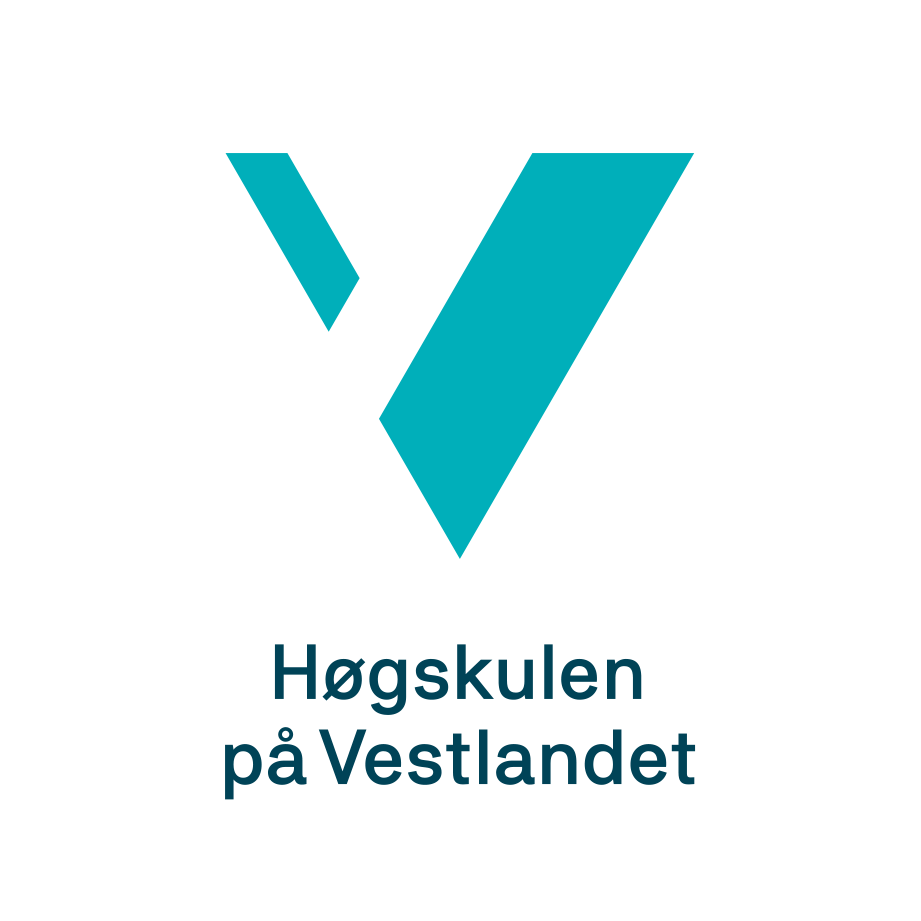DELING: For direktelenke til denne lista, klikk her, eller kopiér og del denne lenka:
Frå pensumlistearkivet til tidlegare Høgskolen Stord/Haugesund:
Pensumliste for
GLU 5-10: Matematikk 2a
Avdeling for lærarutdanning og kulturfag
Studieperiode: hausten 2017
Pensumlistene vert produserte av biblioteket. Spørsmål kan rettast til bibstord.hsh@hvl.no
Atterhald om mindre endringar.
Kapittel i bøker:
Gulliksen, T., Hashemi, A. M., & Hole, A. (2013). Matematikk i praksis (6.utg.). Oslo: Universitetsforlaget.
Pensum: kap. 1 - 8.
Hana, G. M. (2013). Matematiske byggesteiner. Bergen: Caspar.
Pensum: kap. 2, 3 og 5.
Hersch, R. (1997). What is mathematics, really? New York: Oxford University Press.
Pensum: kap. 4 (Intuition/Proof/Certainty, s. 48-71).
Hinna, R. C. K., Rinvold, R. A., & Gustavsen, T. S. (2011). QED 5-10 : Matematikk for grunnskolelærerutdanningen, bind 1. Kristiansand: Høyskoleforlaget.
Pensum: del I, kap. 5.
Skott, J., Jess, K., & Hansen, H. C. (2008). Matematik for lærerstuderende: Delta - fagdidaktikk. Fredriksberg: Samfundslitteratur.
Pensum: kap. 7, 13 og 14.
Artikkelsamling:
Aanensen, S., Damsgaard, K., & Ådnegard, B. (2010). Refleksjoner om polynomdivisjon. Tangenten, (4), 7-8. Henta frå http://www.caspar.no/tangenten/2010/t-2010-4.pdf
Ayalon, M., Watson, A., & Lerman, S. (2017). Students' conceptualisations of function revealed through definitions and examples. Research in Mathematics Education, 19(1), 1-19.
Devlin, K. (2000). The language of mathematics. New York: Freeman.
Pensum: What is mathematics?
Fosgerau, G. (1992). «Hvad er matematik?» I G. Fosgerau, & F. H. Kristiansen (Red.), Midt i matematikken: En bog om matematiske spørgsmål (s. 102-109). Århus: Kvan.
Lay, S. R. (2009). Good proofs depend on good definitions: examples and counter examples in arithmetic. I E. L. Lin, F. J. Hsieth, G. Hanna, & M. de Villiers (Red.), Proceedings of the ICMI study 19 conference: Proof and proving mathematics Education, (Vol.2, s. 27-30). Taipei, Taiwan.
Mejia-Ramos, J.P., & Inglis, M. (2009). Argumentative and proving activities in mathematics education research, I E. L. Lin, F.J. Hsieth, G. Hanna, & M. de Villiers (Red.) Proceedings of the ICMI study 19 conference: Proof and proving mathematics Education (Vol. 2, s. 88-93). ). Taipei, Taiwan.
Prusak, N., Hershkowitz, R., & Schwarz, B. B. (2012). From visual reasoning to logical necessity through argumentative design. Educational Studies in Mathematics, 79(1), 19-40. DOi: 10.1007/s10649-011-9335-0
Reid, D. (u.å.). The meaning of proof in mathematics education. Acadia University. Henta frå http://www.lettredelapreuve.org/OldPreuve/Newsletter/05Automne/CERME4Raid.pdf
Ron, G., & Dreyfus, T. (2004). The use of models in teaching proof by mathematical induction. I M. Johnsen-Høines & A. B. Fuglestad (Eds.), Proceedings of the 28th Conference of the International Group for the Psychology of Mathematics Education: PME 28, Bergen, Norway 14-18 July 2004, Vol. 4 (s. 113-120). Henta frå http://www.emis.ams.org/proceedings/PME28/RR/RR249_Ron.pdf
Stylianides, A. J. (2009). Breaking the equation 'empirical argument = proof' (artikkel fra Mathematics Teaching, 213, 9-14). Tilgjengelig fra http://nrich.maths.org/6664
Stylianides, A. J. (2011). Towards a comprehensive knowledge package for teaching proof: a focus on the misconception that empirical arguments are proofs: original research. Pythagoras, 32(1). DOI: 10.4102/pythagoras.v32i1.14 Tilgjengelig fra http://www.pythagoras.org.za/index.php/pythagoras/article/view/14/22
Tuset, G.A. (2008). Essay i vitenskapsteori. Høgskolen Stord/Haugesund.
Ususkin, Z. (2012, juli). What does it mean to understand some mathematics? 12th International congress on mathematical education, Seoul, Korea. Henta frå http://www.icme12.org/upload/submission/1881_F.pdf
Wang, S., & Kinzel, M. (2014). How do they know it is a parallelogram? Analysing geometric discourse at van Hiele Level 3. Research in Mathematics Education, 16(3), 288-305. Henta frå http://scholarworks.boisestate.edu/cgi/viewcontent.cgi?article=1142&context=math_facpubs
GeoGebra
Kristensen, T. E (2015). GeoGebra 5.0 for videregående skole. Henta frå www.matematikksenteret.no/attachment/1046/GeoGebra-5.0.pdf
Artiklar som det ikkje er lenke til, bli delt ut eller lagt på Fronter.
Anbefalt litteratur for interesserte
Andersen, P. S, Borge, I. C, Hinna, R. C. K., & Gustavsen, T. S. (2014). QED 5-10, Matematikk for grunnskolelærerutdanningen, Bind 2. Kristiansand: Høyskoleforlaget.
Kap. 1.
Hana, G. M., & Hansen, R. (2015). Matematiske horisonter 1: Matematisk analyse for lærerutdanningen. Bergen: Caspar forlag.
Kap. 1, 3, 4, 9 og 10.
Conner, A., Singletary, L. M., Smith, R. C., Wagner, P. A., & Francisco, R. T. (2014). Teacher support for collective argumentation: A framework for examining how teachers support students' engagement in mathematical activities. Educational Studies in Mathematics, 86(3), 401-429. DOI: 10.1007/s10649-014-9532-8
Hardy, G. H. (1996). A mathematician's apology. Cambridge University Press.
Lakatos, I. (2005). Proofs and refutations: The logic of mathematical discovery. Cambridge: Cambridge University Press. (HSH har 1976-utg.)
Oehrtman, M., Carlson, M., & Thompson, P. W. (2008). Foundational reasoning abilities that promote coherence in students' function understanding. Making the connection: Research and teaching in undergraduate mathematics education, 27, 42.
Watson, A., & Mason, J. (2006). Seeing an exercise as a single mathematical object: Using variation to structure sense-making. Mathematical thinking and learning, 8(2), 91-111. DOI: 10.1207/s15327833mtl0802_1
Zodik, I., & Zaslavsky, O. (2008). Characteristics of teachers' choice of examples in and for the mathematics classroom. Educational Studies in Mathematics, 69(2), 165-182. DOI: 10.1007/s10649-008-9140-6
 Biblioteket: Pensumlistearkiv for HSH
Biblioteket: Pensumlistearkiv for HSH